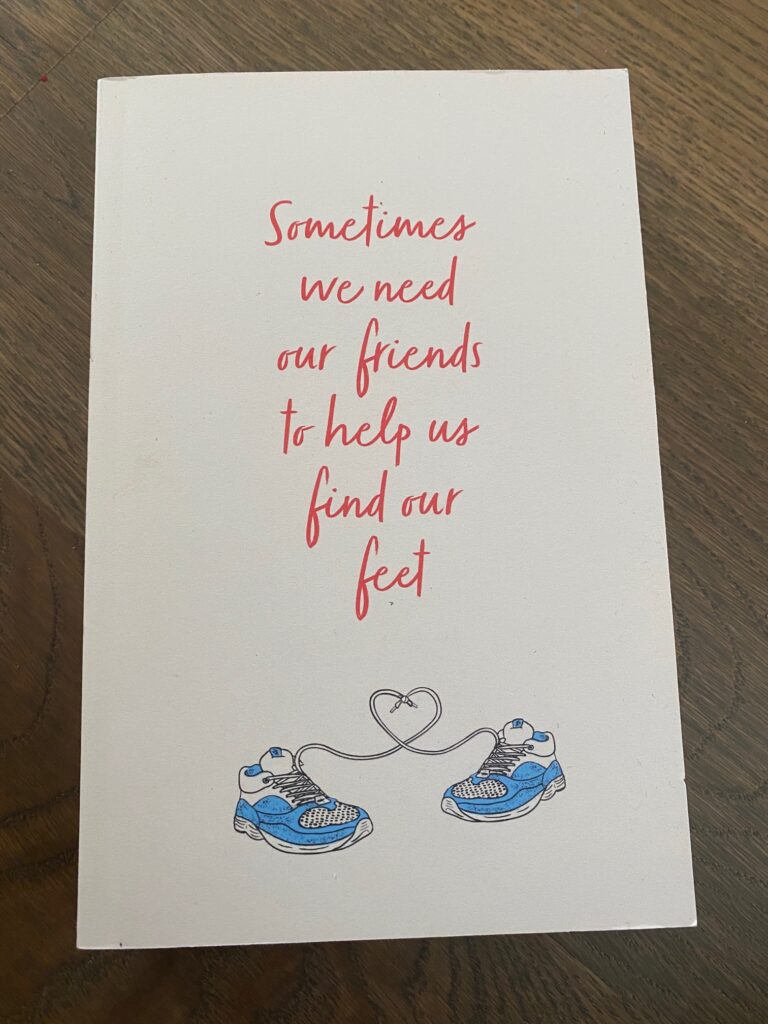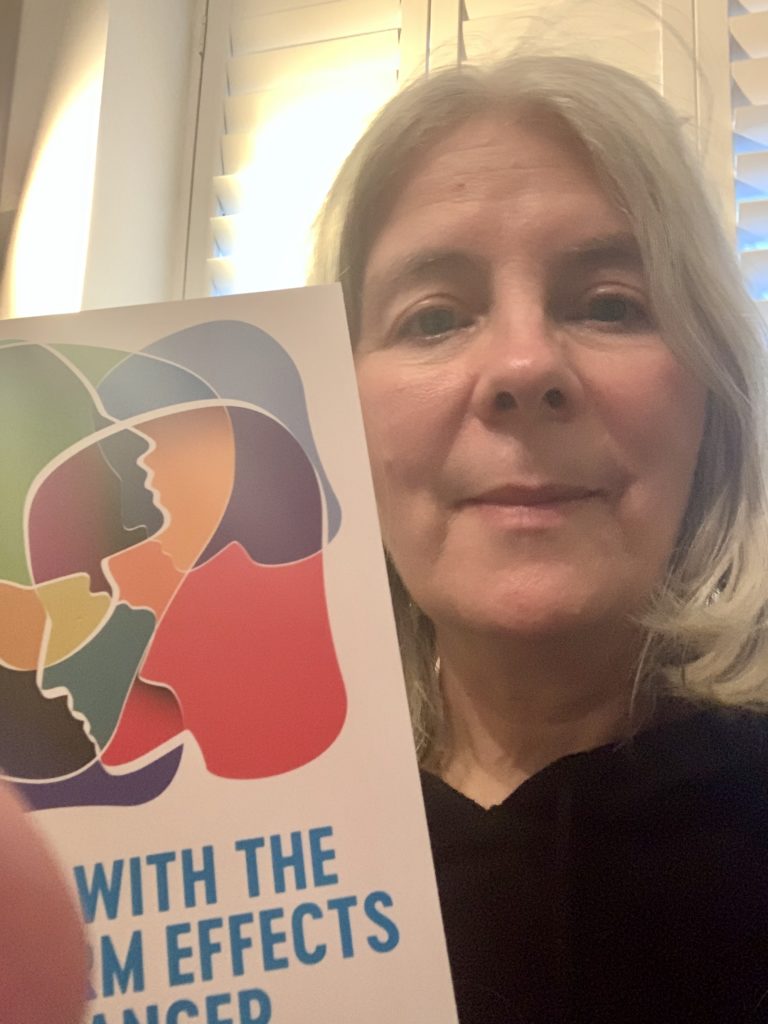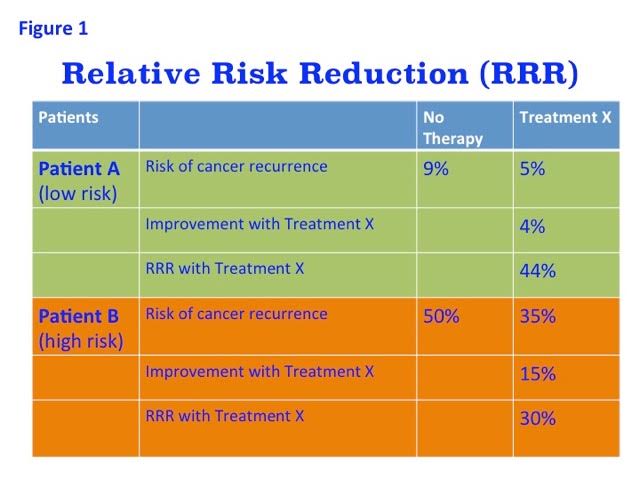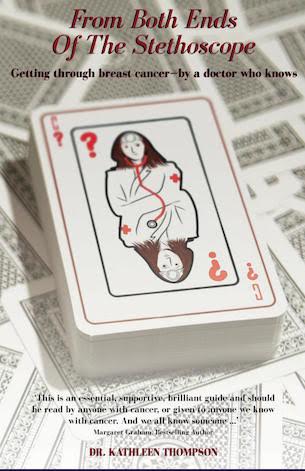More than half of UK homes haven’t been tested for a cancer-causing gas – which is found in EVERY household.
Radon is a natural radioactive gas which comes from rocks and soils and is the top cause of lung cancer among non-smokers.
Reassuringly, levels of radon tend to be low indoors – but higher levels pose a serious health risk and there’s no way of knowing how severe levels are without testing.
Despite the possible health impact, two thirds of adults don’t know what radon is and that it can cause cancer.
Commissioned by Airthings, makers of smart radon and indoor air quality monitors, the research of 2,000 adults found six in 10 haven’t given any thought to the health impact of the air in their homes.
A spokesman for Airthings said: “Radon is the number one cause of lung cancer among non-smokers.
“In fact, radon-induced lung cancer kills more people than house fires and carbon monoxide combined.
“It’s an invisible radioactive gas with no smell or taste and comes from rocks and soil.
“Low levels can be found in the air outside however levels of radon can be higher inside buildings – homes included.”
UK homes also contain gasses called volatile organic compounds (VOCs) which, although not lethal like radon, can cause headaches, sore throats and fatigue.
But the study found eight in 10 have no idea what VOCs are and 80 per cent are unaware they can cause eye, nose and throat irritation.
The compounds can be released when doing a number of apparently harmless everyday activities such as burning scented candles, using non-organic cleaning products and even when cooking.
Further to this, nine in 10 regularly do things in their home which could increase levels of radon and VOCs.
Almost half don’t often open the windows when cooking, 42 per cent frequently burn candles and a third use diffusers in their homes.
Perhaps as a result, the Airthings study, carried out through OnePoll, found six in 10 ‘regularly’ suffer from symptoms associated with poor air quality.
These include headaches (25 per cent), constant dryness and irritation of the eyes, nose, throat, and skin (22 per cent) and ongoing fatigue (21 per cent).
A fifth also have a tendency, or noticed a tendency among their cohabitees, to cough and sneeze.
A spokesman for Airthings added: “In addition to testing your home for radon and VOCs there are simple steps you can take to reduce levels of these gasses.
“But the first step is to have your home tested to get an indication of the severity of the problem.
“There are also things you can do to minimise VOCs in particular – such as ditching toxic chemicals and using natural cleaning products, opening windows, vacuuming regularly and having lots of house plants in the house.”
SYMPTOMS/EFFECTS OF VOCS BRITS HAVE NOTICED IN THEIR HOMES:
1. Their home has mould
2. Their children developed a cough
3. They developed a persistent cough
4. It affected their energy levels
5. Their children don’t play outside as much/very often
6. The plants in their garden have struggled/died
7. Their lung condition or their child’s lung condition (e.g asthma) has worsened
8. They have to keep their windows closed all year round
9. They don’t cycle to work anymore as a result
10. They have developed breathing difficulties
TIPS FOR REDUCING VOCS IN YOUR HOME:
• Open the windows
• Do not smoke indoors
• Keep air humidity levels between 30 per cent to 50 per cent
• Avoid synthetic fragrances such as plug ins and candles
• Use house plants
• Ditch the toxic chemicals – use natural cleaning products
• Improve ventilation
• Vacuum regularly
• Remove your shoes when you come in
• Test your home with an air quality monitor and use an air purifier if required




